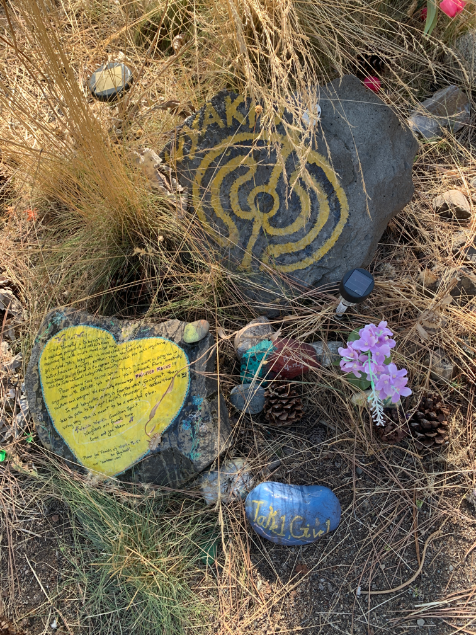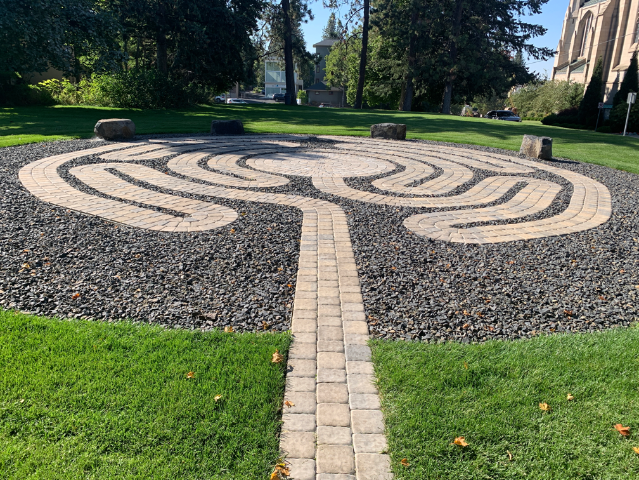Session 13: The Art and Heart of an Apology
Do you want to restore relationships and heal from conflicts? Keep reading…
The Healing Process
(Re)Building a bridge of trust and recovering from mistakes has four steps:
- Apology
- Reassurance
- Restitution
- Overcorrection

Apologize.
From the heart, with sincerity and intention.
Be very clear about what you are apologizing for, with no IFs and no BUTs.

Never ruin an apology with an excuse.
Benjamin Franklin Tweet
Offer Reassurance
Acknowledge the hurt you caused and express your sincere regret.
Offer an assurance that you will do everything possible to not do it again.
Restitution
Sometimes, actions speak louder than words. This is your opportunity to demonstrate your sincere regret by making amends. If you damaged or destroyed something, fix it or replace it.
Find a way to make things right. Ask them what you can do to demonstrate your sincere regret and help restore the relationship.

Overcorrection
Go above and beyond to make amends.
If you have “made amends” and it took you less than 10 minutes, ask yourself if that was a genuine effort at reparations. Should you do more? Could you do more?
Additional note:
Be Sincere
All of your actions need to be sincere. If you apologize out of obligation, but are not sincere about it, you should, at minimum, understand the effect your actions have had.

When a sincere apology is offered with genuine efforts of atonement, it can be a humbling experience. That is why so many people struggle with apologizing, or stumble through the process when they attempt it. It is helpful to remember this:
All successful people look at the anticipated end result at the beginning.

Remember as you move forward that “Positive reinforcement creates loyalty.”
Treat people with dignity, respect & grace.











